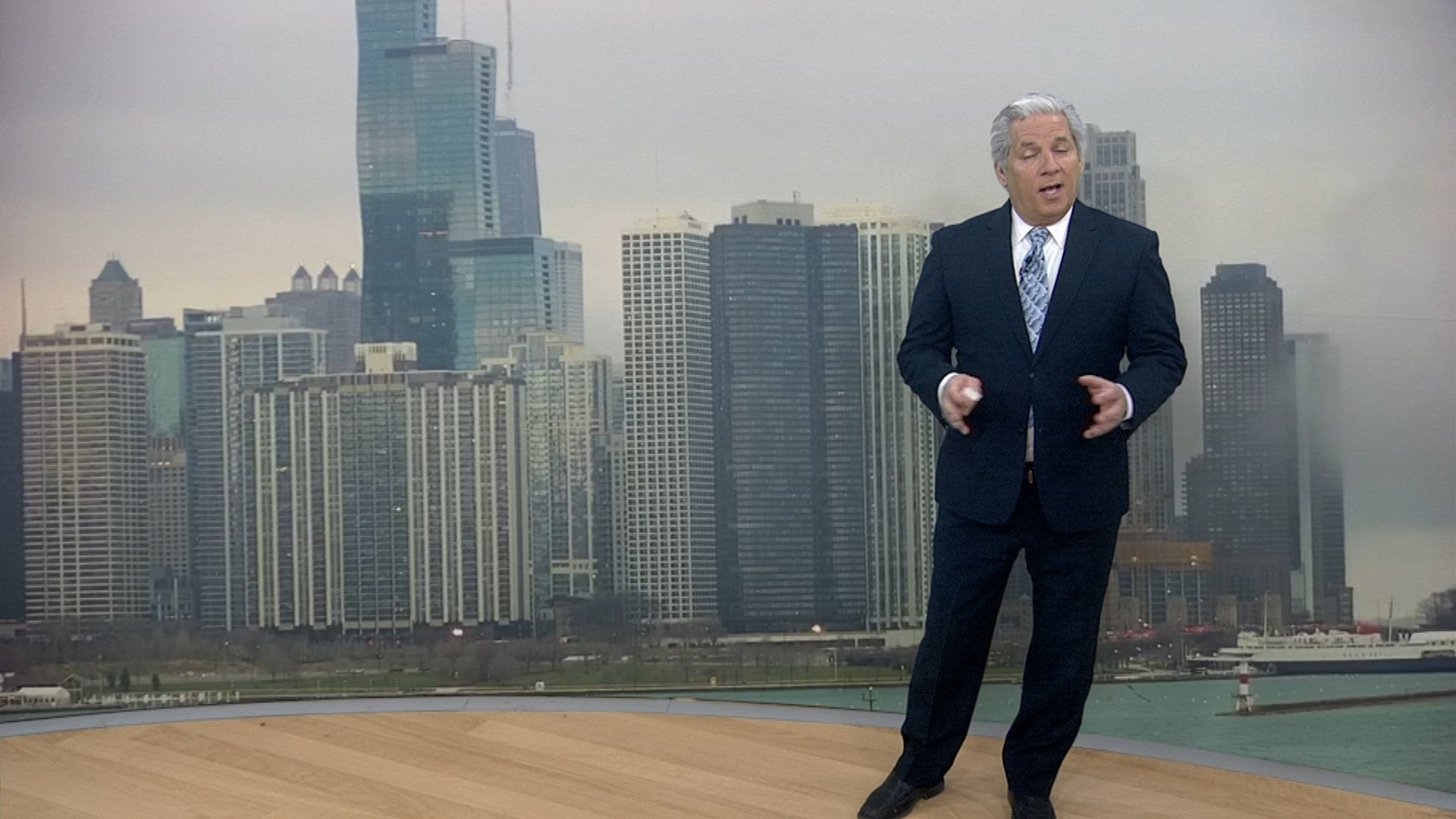
If you were looking at the sunset recently and wondering if it's more vibrant than normal, the answer is: yes.
And there's a reason for that. In fact, there are multiple reasons.
While some may be frustrated by how early the sun sets in the winter, the colorful display that floods the sky during the colder months is, in a way, a consolation prize.
According to the National Oceanic and Atmospheric Administration, "eye-catching sunrises and sunsets also seem to favor certain times of the year."
For much of the U.S., that time is fall and winter.
Stephen F. Corfidi with the NOAA notes that haze can also be a contributing factor.
"Because air circulation is more sluggish during the summer, and because the photochemical reactions which result in the formation of smog and haze proceed most rapidly at that time of the year, late fall and winter are the most favored times for sunrise and sunset viewing over most of the United States," Corfidi wrote in a 2014 report.
Weather
But according to NBC 5 Storm Team Meteorologist Pete Sack another reason the sunset is more vibrant during colder months is "because temps aloft are colder, the sun is more reflective off of ice crystals than water vapor." Pair that with the fact that the sun sets at a sharper angle in winter than in summer, offering more twilight time.
That time is particularly noticeable during the winter solstice, which took place just days ago on Dec. 21, marking the official start of winter.
Feeling out of the loop? We'll catch you up on the Chicago news you need to know. Sign up for the weekly Chicago Catch-Up newsletter.
The winter solstice marks the point when the North Pole is at its furthest location away from the sun, creating the atmosphere for shorter hours of sunlight.
Additionally, the solstice can also be seen as the time in which the sun's path reaches its most southerly point of the sky, with the opposite effect being witnessed in the southern hemisphere.
According to the Farmers' Almanac, the word solstice originates from the Latin words sol and sistere, translating to "sun" and "to stand still" respectively, loosely translating to "sun stand still."
After the winter solstice concludes, the sun begins to advance northward all the way up until the summer solstice occurs in the northern hemisphere, marking the when the sun is most closely tilted to the hemisphere.
So while you might be longing for those extended summer days, it might be time to admire the beauty before nightfall this winter.



